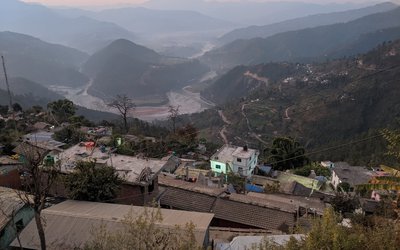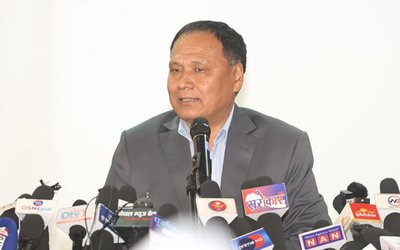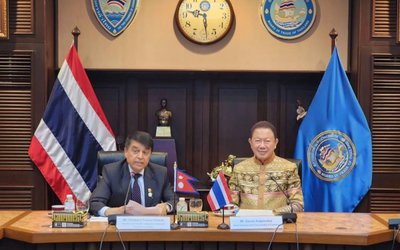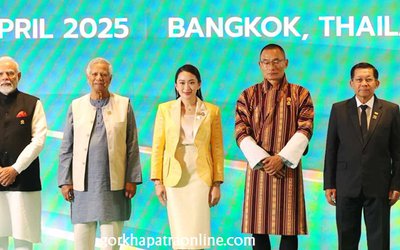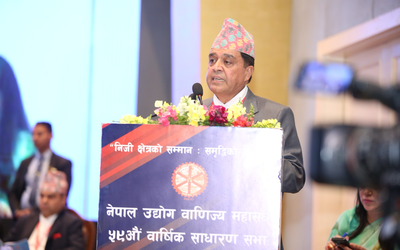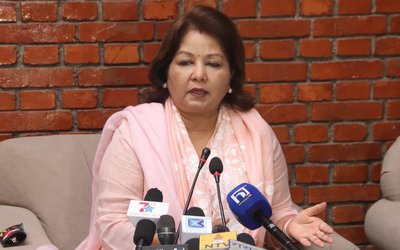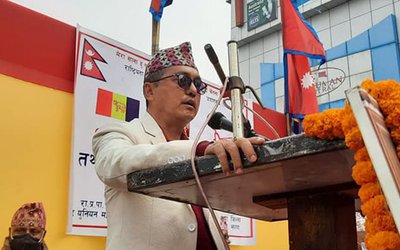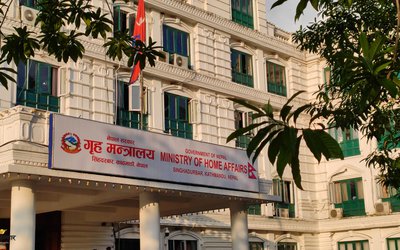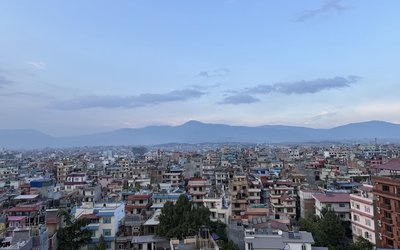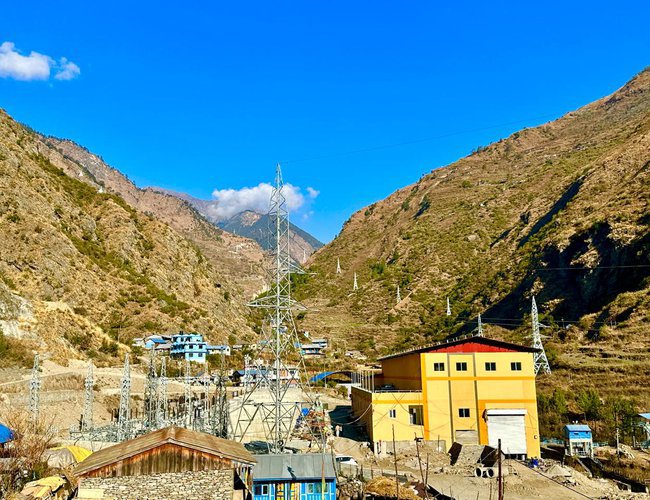
Badly damaged by the recent floods, the resumption of power supply from the 456 MW Upper Tamakoshi is still uncertain and is likely to cause severe power shortage in the coming days.
The completion of the 111 MW Rasuwagadhi and 42 MW Sanjen projects provide some relief. However, none of the projects can now replace 456 MW.
The construction of three hydropower projects in Rasuwa under the leadership of Chilime Hydropower, a subsidiary of Nepal Electricity Authority, has been completed.
With the completion of the three hydropower projects - Rasuwagadhi Hydropower Project of 111 MW, Sanjen Hydropower Project of 42.5 MW and Upper Sanjen Hydropower Project of 14.8 MW - 168 MW of electricity has been connected to the national grid, according to NEA.
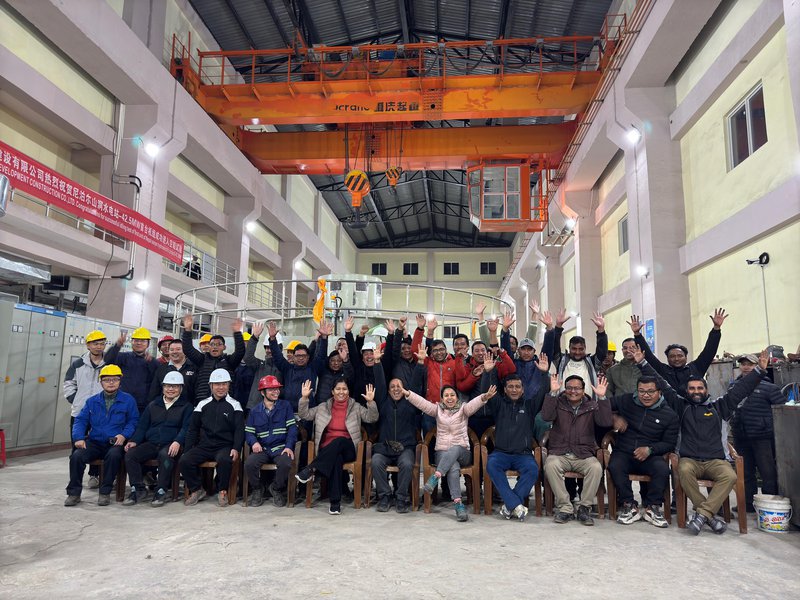
The electricity generated from all three projects has been connected to the national transmission system at the 220/132/33 kV substation built by the authority at Thambuchet, Aamachhodingmo Rural Municipality, Rasuwa.
Of these, the construction of Upper Sanjen was completed in September last year and has been generating electricity commercially. Electricity generated from this project has so far been sold for Rs. 300 million.
The construction of the 42.5 MW Sanjen Hydropower Project has been completed and power generation has started on a trial basis by connecting the power to the national transmission line since Friday.
The construction of the 111 MW Rasuwagadhi Hydropower Project has been completed and is currently undergoing trial power generation.
If the trial production is successful and meets the set standards, the commercial power production of Sanjen and Rasuwagadhi will start, NEA said.
Both projects will be producing commercial power this month.
The Upper Sanjen, Sanjen and Rasuwagadhi run-of-the-river hydropower projects generate only about 80 MW of electricity during the winter season.
Under the leadership of Chilime Hydropower Company, four projects with a total capacity of 270 MW were started. Of these, three projects have been completed except for the 102 MW Middle Bhotekoshi project under construction in Sindhupalchowk district.
All the projects were affected by the damages and disruptions caused by the devastating earthquake of 2015 and subsequent aftershocks, floods and landslides, weak geological conditions, problems in transportation of construction materials and fuel supply due to Madhes movement, major floods in the project area every rainy season, COVID-19 pandemic and due to the closure of the border with China after COVID.
NEA Managing Director Kul Man Ghising said the completion of these projects, which had been delayed for various reasons, was a great achievement after continuous efforts.
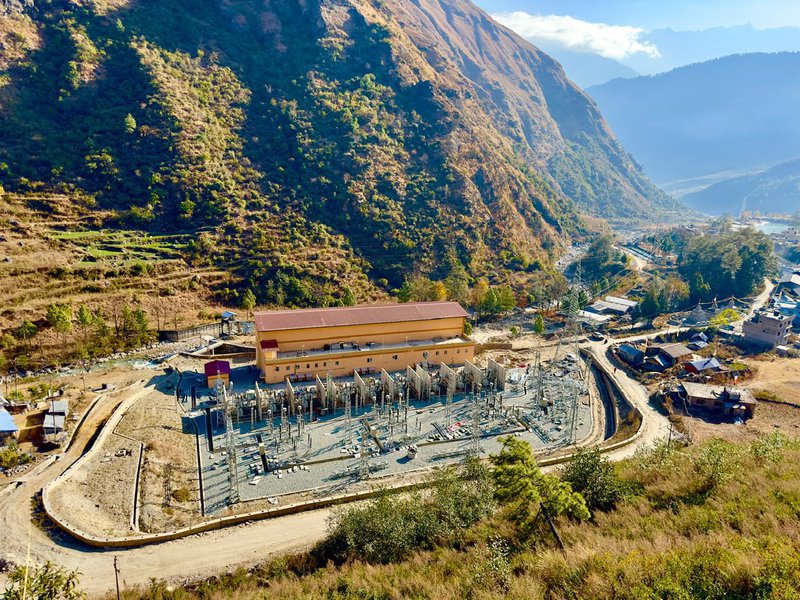
"When I was the managing director of Chilime Company, the construction of all four projects was carried out simultaneously with the investment of the general public. Although the construction of the projects took some time mainly due to external circumstances, the construction of three projects has now been completed and power generation has started," he said.
"The projects located near the Kathmandu Valley, where there is a high demand for electricity, will help balance the power system and make it more reliable during the winter," he said.
The cost of the projects has increased due to construction delays caused by the earthquake, the blockade and devaluation of the Nepalese currency against foreign currencies, and the extension of the construction period.
The estimated cost of the two projects, Upper Sanjen and Sanjen, was Rs. 7.35 billion, excluding interest during the construction period. Arpan Bahadur Singh, Chief Executive Officer (CEO) of Sanjen Hydropower Company, the promoter of the project, said that the cost of the projects was estimated at Rs. 9.20 billion, excluding interest during the construction period.
Singh said that as per the estimates, the cost of both the projects is Rs. 225 million per megawatt.
The Employees Provident Fund has provided loans to all four projects constructed under the Chilime Hydropower Company. The Chilime Hydropower Company owns 39.36 percent, the NEA 10.36 percent, and the local people of Rasuwa 1.28 percent of the founder shares of the company.
The Employees Provident Fund contributors and employees of the founding organizations (the Authority, Chilime and concerned local levels of Rasuwa districts) and the employees of the lending organization (Employees Provident Fund), the project-affected residents of Rasuwa and the general public hold 49 percent of the ordinary shares.
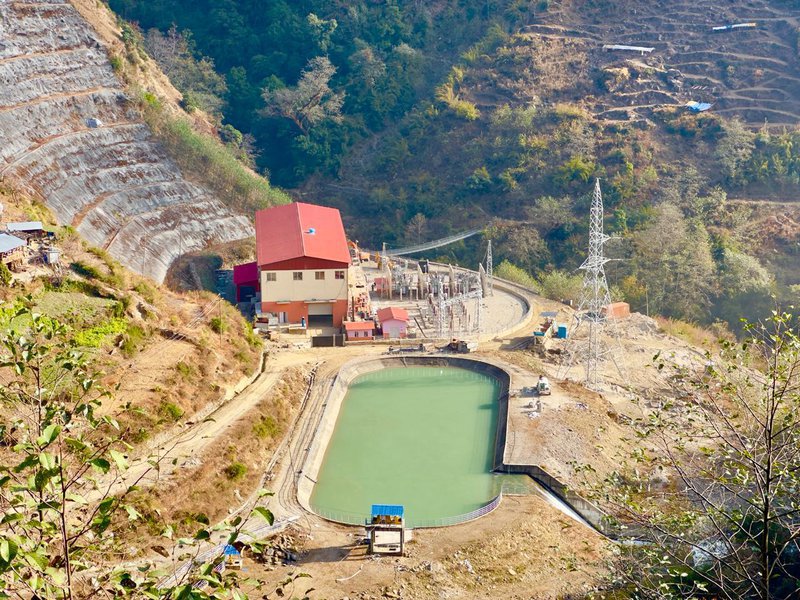
Upper Sanjen and Sanjen will generate approximately 1.8 billion units of electricity annually. Upper Sanjen can operate at full capacity for 70 minutes during the evening (peak) hours when electricity demand is highest.
CEO Singh said that by storing water in the pond, additional power will be generated in the evenings during the winter months, which will help balance the system.
Delayed for one reason or another, including the earthquake and the COVID-19 pandemic, both projects have been completed four years behind the original schedule.
However, the completion of two projects along with 220 kV Chilime-Trishuli 3 Hub gives a great success to evacuate the energy from these projects.
With the generation of over 150 MW of electricity, Nepal's system gets some respite in the pick hour. However, the uncertainty is still looming large till the resumption of power supply of 456 MW electricity from Upper Tamakoshi.
- NEPAL-THAILAND: Joint Business Council
- Apr 13, 2025
- BIMSTEC SUMMIT: Nepal’s Stand
- Apr 11, 2025
- IME GROUP: Expands Into Paper Industry
- Mar 24, 2025
- CPN UML: Instigated By India
- Mar 23, 2025
- ADB’S CHIEF ECONOMIST: Nepal Reduces Poverty
- Mar 11, 2025
